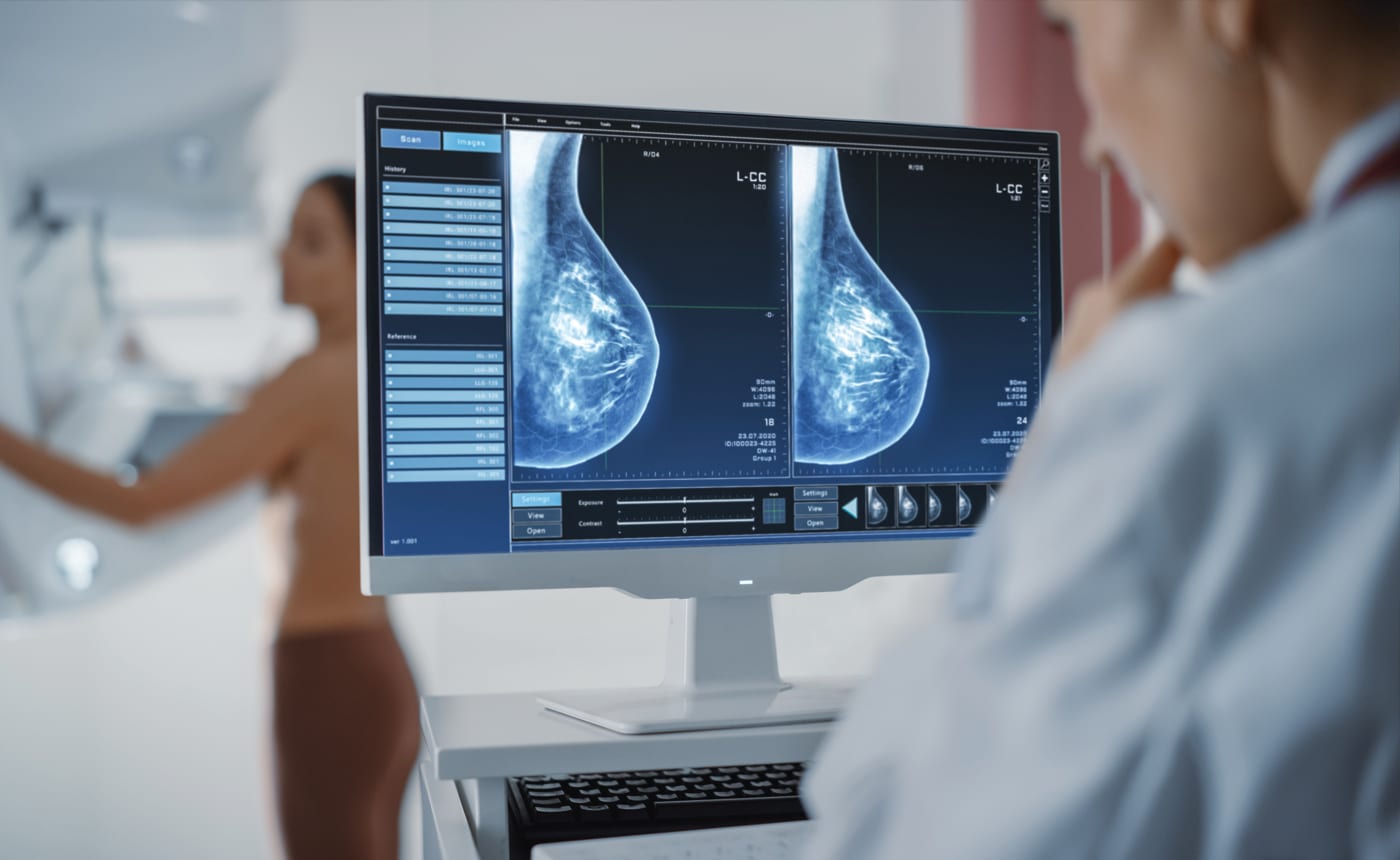Recent research highlights a connection between breast density and an elevated risk of breast cancer. Dense breasts not only increase the likelihood of developing cancer but also make it harder for medical professionals to detect tumors through mammograms. Dr. Rebecca Wiatrek, a surgical oncologist at Texas Oncology, emphasizes the importance of differentiating between breast size and breast density, as they are not directly related. Understanding breast density is crucial in evaluating the risk and effectiveness of cancer detection through imaging.
Breast density refers to the proportion of breast tissue cells compared to fat cells in the breast. According to Dr. Wiatrek, breast density varies, and a person can have dense breast tissue regardless of their overall breast size. Dense tissue, made up of fibro-glandular tissue, is more difficult to visualize on mammograms, whereas fatty breast tissue allows for clearer imaging. This distinction becomes essential for understanding why cancer might go undetected in women with dense breasts.

There are four stages of breast density, ranging from predominantly fatty to extremely dense tissue. Stage one is characterized by mostly fatty tissue, stage two by scattered areas of dense tissue, and stage three by heterogeneously dense breast tissue. Stage four, the most challenging for mammogram imaging, involves extremely dense tissue where cancer can be hidden. As the density increases, the ability to detect tumors decreases, complicating the screening process.
The relationship between breast density and cancer risk has evolved over time. Initially, experts thought that dense tissue’s masking effect on mammograms was the primary factor in cancer risk. However, recent studies suggest that it may be the higher number of breast cells in dense tissue that have a greater potential to become cancerous. While the exact reason for the increased risk remains unclear, dense breasts are now recognized as a significant factor in cancer development.
To determine whether a patient has dense breasts, mammograms are the most accurate tool. While dense tissue may feel different during a self-exam, only imaging can confirm the density. As of September 2023, new FDA regulations require healthcare providers to inform patients of their breast density. Early mammogram screenings starting at age 40 are recommended, with clinical exams beginning at age 25 for those at higher risk. These screenings are crucial for early cancer detection and ensuring appropriate medical care for each individual.
